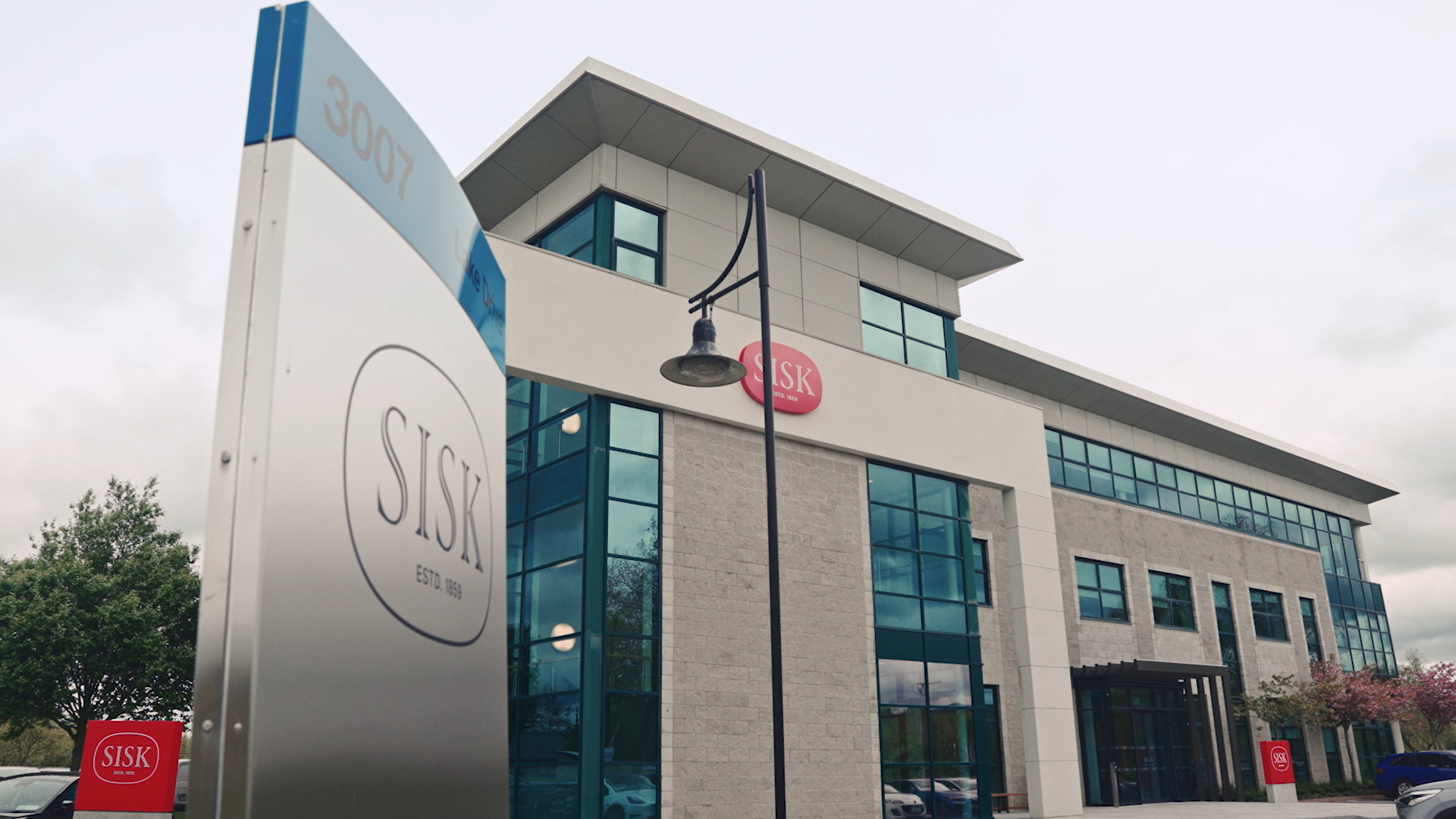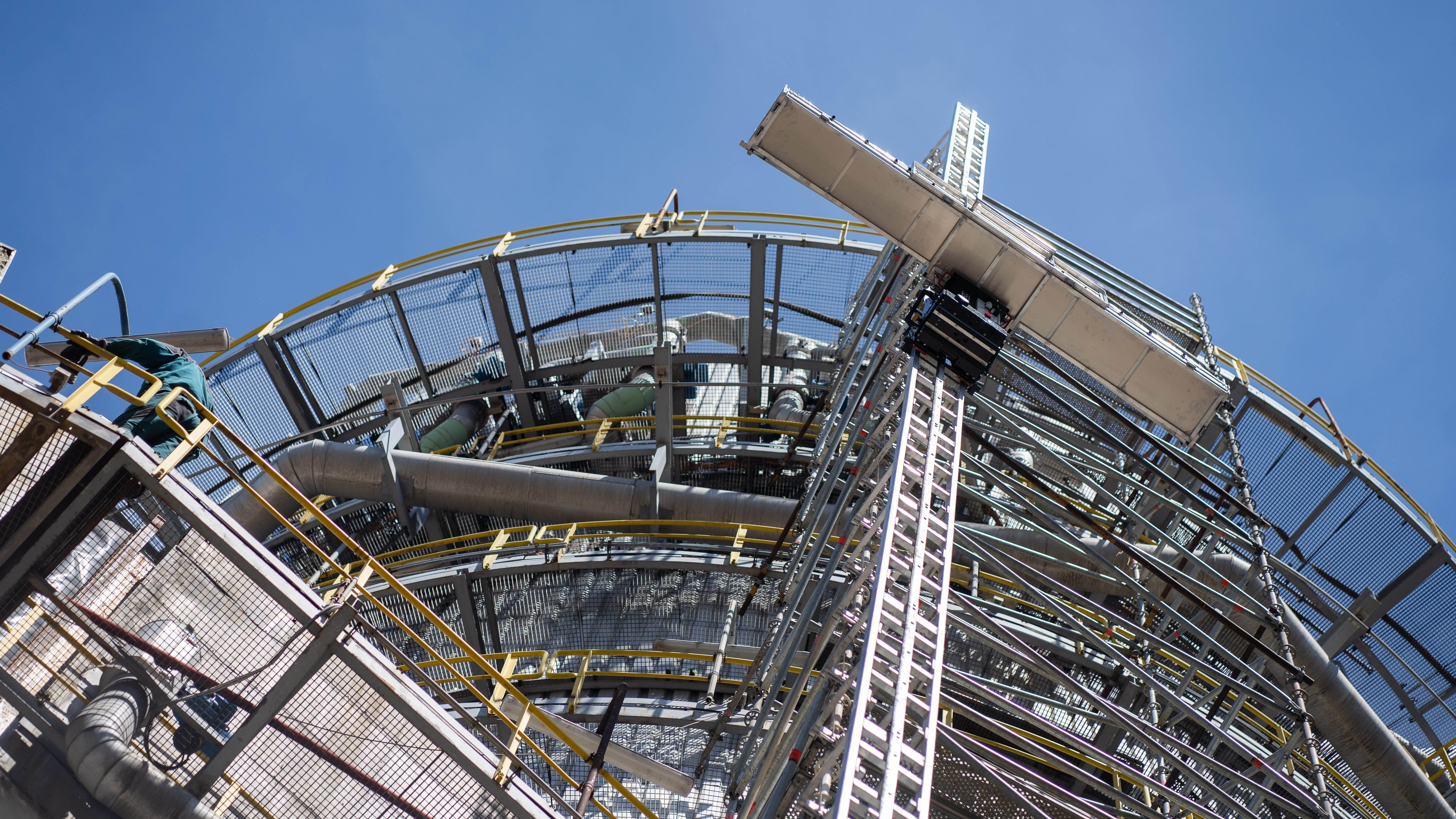Interoperability: The Fuel for a Future-Proof Construction Industry?
Author
James Chambers
Director Global Industry Development Build + Construct Division
This article belongs to the collection Sustainability
To the topic pageThere are many established tools in the market that can help with more effective resource planning, better construction methodologies and improved asset operation and maintenance. However, it is essential which solutions are chosen: Interoperable solutions that work with an open data philosophy or closed siloes that do not enable true collaboration. Without open solutions, most of the benefits will go unrealized and problems will be created for the future.
Unfortunately, that is where many in the sector find themselves now. There are various legacy issues where solutions have been procured or developed in-house with a focus on functionality, or outcome, rather than how they interact with other systems. With workflows and processes designed around them, many organizations see change as difficult.
Ultimately, proprietary software and a closed environment create barriers. Often considered a way of protecting intellectual property and maintaining competitiveness, the opposite is in fact true.
What Does Interoperability Mean?
When supply chains come together at the beginning of projects, there will often be standards and preferred software solutions written into contracts. However, telling people that they must use the same tools as everyone else is not the same as being interoperable.
The true notion of interoperability is that people should have the flexibility to design projects however they want using their preferred tools. The interoperability aspect is driven by open formats, like IFC for complex building models, or even simple PDFs can work well for exchanging data and construction plans.
The purpose is to ensure that information and data can easily flow throughout the lifecycle of an asset. Dictating solutions or workflows seems like a logical assumption, however it can lead to huge inefficiencies. Mandating project participants us something unfamiliar can potentially increase timelines though learning and onboarding, or potentially leads to costly mistakes.
Why Interoperability is Essential
The scope, scale and size of construction projects necessitate open standards and interoperability. Often, construction projects are long and complicated. They involve multiple stakeholders, including architects, engineers, contractors, subcontractors, and suppliers. Each will generate a vast amount of data, such as contact documents, drawing and design files, 3D models, schedules, cost estimates, and material specifications.
Interoperability is essential if information is going to be exchanged seamlessly throughout the supply chain. It improves efficiency and speeds up project delivery. It helps to avoid potential data loss or problems integrating different files. It also reduces risk and saves cost, minimizing potentially expensive rework, errors, and delays, because information is highly visible and project teams can act on it easily and interact more easily with each other. Interoperability also enables sometimes much needed agility. By leveraging common data, changes can be vetted and implemented quicker with greater confidence.
With many projects delivered via joint ventures and countless specialist contractors, it is the only way to properly manage the work. Being interoperable adds an extra element of protection, with companies able to join projects without having to change their systems, processes, or tools.
There is also a legacy element. Major infrastructure and public buildings have to be maintained for a long time. Having easy access to the data that was created during the build phase is going to help with both predictive maintenance and ongoing upgrades.
It is something that comes together in the Building Lifecycle Intelligence methodology: Designed to help stakeholders manage building data throughout the entire lifecycle, it has interoperability at its core.
Future-Proofing the Industry
At the moment there are issues like supply chain limitations, rising costs, and higher demands for speed of delivery, quality and sustainability. Without standards and interoperability everything becomes bespoke. That makes it harder to deliver better projects at scale.
When looking to the future, interoperability ensures that construction professionals can adapt to new tools and systems without disrupting existing workflows. It also allows project delivery to be much more agile and effective.
If a new supplier comes on board or a new and improved solution becomes available, they can be easily slotted into the project. At this time of high investment in Contech and rapid development, companies do not want to end up stuck if a better alternative to what they have comes along.
It is certain that the next generation that the industry is trying to attract in will have an interoperable mindset too. If we want to get the most out of the future, we need to make sure that the best practice they are learning about is a reality throughout the industry.
Interoperability is the only way to facilitate proper innovation, grow margins and deliver projects more effectively – it is a must for any in the industry that want to be here for the long-term.





